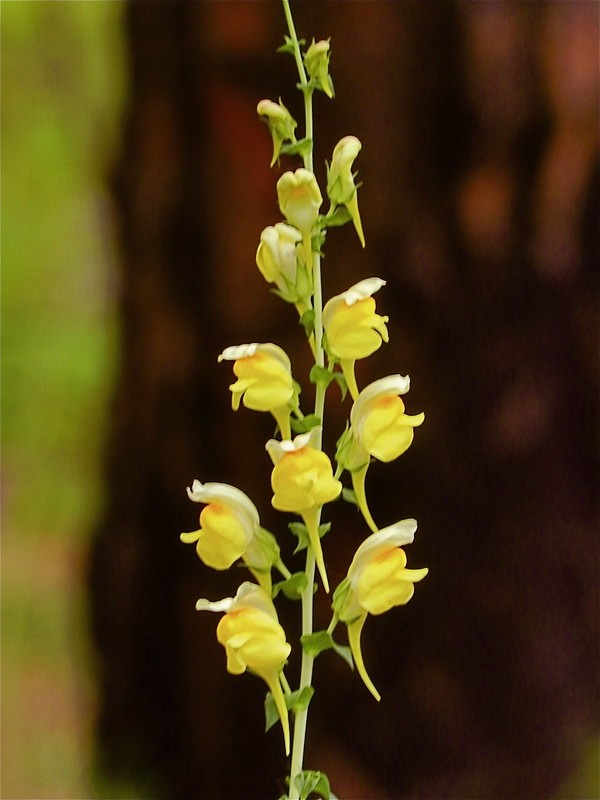Multispectral unmanned aerial system remote sensing to detect Dalmatian toadflax in a mixed sagebrush steppe on the South Fork of the Shoshone River

Published 2020-12-15
Abstract
Management of invasive plant populations is most successful when infestations are identified and managed quickly, but detection of small populations of plants can be difficult. In rangelands of Wyoming, Dalmatian toadflax (Linaria dalmatica) is a competitive invasive forb well-adapted to rocky, dry soil, allowing it to colonize steep slopes and rugged terrain. In the Shoshone National Forest, Dalmatian toadflax populations continue to spread in the nursery slopes of big horn sheep and elk, so Unmanned Aerial Systems (UAS) are being employed for the remote detection of small populations of Dalmatian toadflax. Multispectral profiles of Dalmatian toadflax plants were taken through the growing seasons of 2018 and 2019 to build a spectral signature of the plant. Multispectral imagery of Dalmatian toadflax infested study areas were collected with a UAS, and imagery was classified using a random forest machine learning approach. Spectral signatures of Dalmatian toadflax plants for changes through the growing season, which provides challenges as neighboring species bloom and senesce. Overall, classification results from this study suggest remote detection of Dalmatian toadflax with UAS is possible but must exploit a priori understanding of the phenology of the invaded plant community.
Featured photo by Peter Stevens on Flickr (https://flic.kr/p/cqTyHE).
